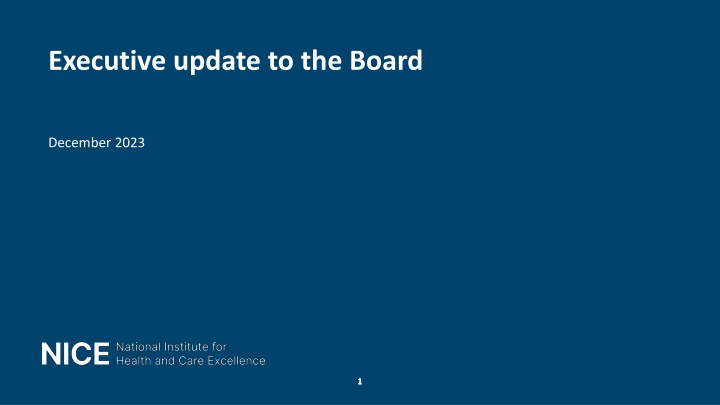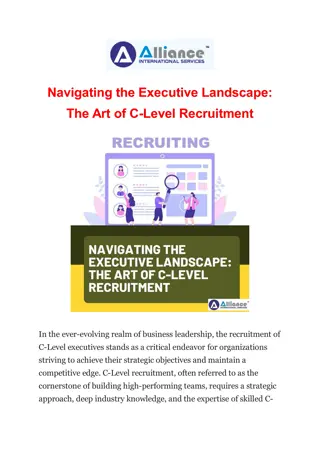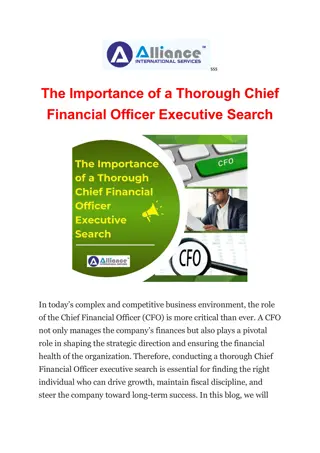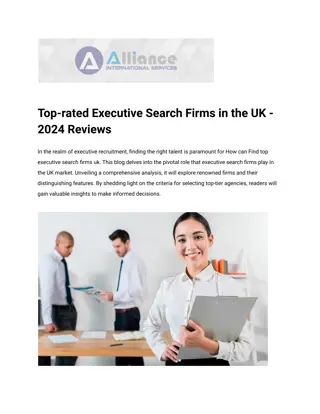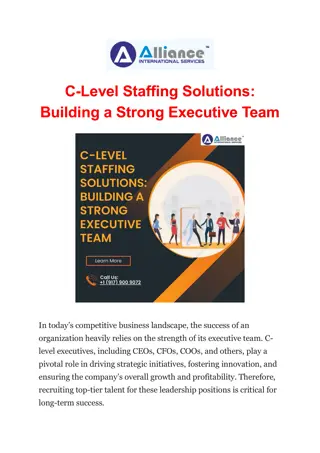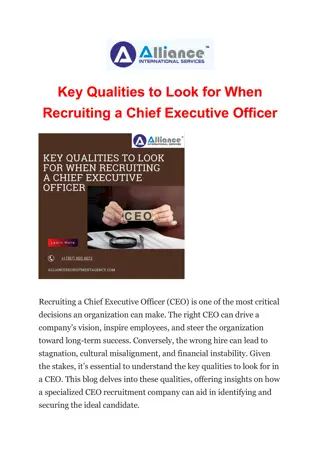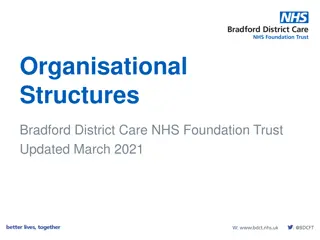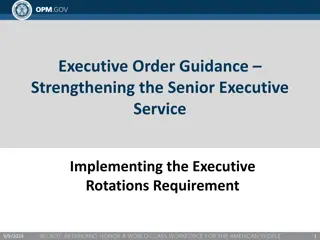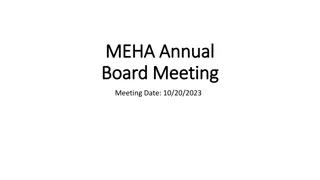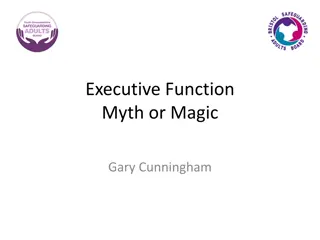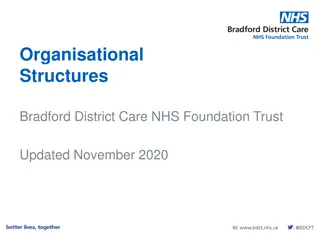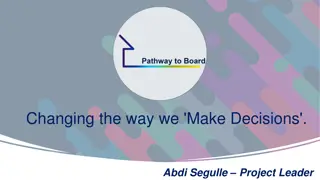Executive update to the Board
Celebrate NICE's key contributions to healthcare in 2023 with achievements in medicines access, reduction of NHS pressure with digital technologies, and focus on impactful recommendations for patient care and treatment options. Discover the progress made in delivering valuable care while optimizing time to medicines access and supporting practitioners and patients effectively.
Download Presentation

Please find below an Image/Link to download the presentation.
The content on the website is provided AS IS for your information and personal use only. It may not be sold, licensed, or shared on other websites without obtaining consent from the author.If you encounter any issues during the download, it is possible that the publisher has removed the file from their server.
You are allowed to download the files provided on this website for personal or commercial use, subject to the condition that they are used lawfully. All files are the property of their respective owners.
The content on the website is provided AS IS for your information and personal use only. It may not be sold, licensed, or shared on other websites without obtaining consent from the author.
E N D
Presentation Transcript
Executive update to the Board December 2023 1 1 1 1 1 1 1 1
Executive Summary At the end of 2023, it is timely to celebrate the contributions and achievements of everyone at NICE, and NICE s key supporters, who have worked tirelessly to support practitioners and commissioners to get the best care to patients fast, while ensuring value for the taxpayer. International comparative reports show that the UK is ranked 3rd in the OECD on measures of volume and scope of medicines access, and 4th on time to reimbursement of medicines following global launch1. Our year-to-date performance data, shows that when all factors outside NICE s control are optimised, the time to medicines access following regulatory approval is 38 days. In November, NICE, for the first time recommended a new treatment simultaneously with its MHRA license award. Following the announcement of the heads of agreement of the new voluntary scheme for branded medicines pricing, access and growth (VPAG), NICE is already working with our partners in government, the NHS and industry on implementation, including consulting on the budget impact test level, and investing in HTA methods and processes with support from the Life Sciences Investment Programme. This year, NICE has made progress on our transformation to continue to deliver our core purpose in a changing world. A summary of some of this progress is included on slides 3-5. Other recent highlights included in this report: 1. Focussing on what matters most by recommending life changing technology to help people with type 1 diabetes (slide 6) and supporting the system to tackle health inequalities (slides 7 and 8) 2. Creating useful and useable advice through delivering the fastest ever patient access to medicines by recommending a new treatment for advanced lymphoma on the same day as regulatory approval and launching our refreshed NICE Advice service to support the life sciences sector (slides 9-10) 2 2 2 2 2 2 2 2 1PhRMA Global Access to New Medicines Report, April 2023.
Reducing NHS pressure this year We recommended 13 digital technologies. Home tests that we recommended for people with signs of colorectal cancer, will result in 100,000 fewer colonoscopies annually, and reduce waiting times. We published our first resources on virtual wards, to help clinicians manage patients with acute respiratory infections at home and so increase hospital capacity. These include8 digital therapies for depression and anxiety disorders with the combined potential to help more than7 millionpeople. We recommended a life-changing hybrid closed loop technology, which can be offered to more than 150,000 adults and children with type 1 diabetes. Four digital programmes we recommended to help deliver specialist weight management services, could save up to 145,000 hours of clinician time. We appraised more and more AI-enabled technologies including technologies to speed up contouring in radiotherapy treatment planning. 3 3 3 3 3 3 3 3
Focusing on what matters most in 2023 We launched the first modular update to our methods and processes that includes a streamlined approach to appraisals. It is up to 45% faster than our standard process, benefitting around 350,000 people so far. We recommended the first oral treatment to prevent migraine, available to 145,000 people. For the first time ever, we published guidance on a medicine at the same time as its licence was issued. We recommended two new personalised immunotherapy treatments to treat aggressive forms of blood cancer and the first immunotherapy drug for an advanced form of cervical cancer. 38 days: average time to medicines access following regulatory approval in optimal* appraisals. We made positive recommendations in of our completed TA guidance of HST guidance 86% 83% *medicines satisfying criteria allowing NICE to publish final guidance within 90 days of marketing authorisation. 4 4 4 4 4 4 4 4
Building a brilliant NICE Launched 2 new staff networks: Eco-NICE and Women in NICE. Launched a new learning hub and toolkit, with nearly 600 active users and 2,700 resources. Improved our appraisals process as part of a new approach to talent management . Launched the new NICE Space, with nearly 150,000 page views in its first 8 weeks. Implemented 113 crowdsourcing ideas and built a further 89 into future plans. Our meetings spring clean has saved 850 hours each month across NICE. 5 5 5 5 5 5 5 5
1. Focussing on what matters most Rolling out life changing technology to help people with type 1 diabetes manage their blood glucose More than 150,00 people with type 1 diabetes which is not controlled could access wearable technology to help them manage their condition following the publication of final draft guidance by NICE. The committee recommended the technology to a wider population than in earlier draft guidance. All children and young people and women who are pregnant or planning a pregnancy will be first to be offered a hybrid closed loop system as part of a 5-year roll-out plan. Hybrid closed loop systems also known as an artificial pancreas calculate how much insulin needs to be automatically delivered into the body to keep blood glucose levels within a healthy range. This means people don t need regular finger prick testing or to inject themselves with insulin to control their blood sugar levels, and is more effective than standard care at maintaining blood glucose levels within a healthy range. Keeping blood sugar levels under tight control greatly reduces the risk of complications such as blindness and amputations. 6 6 6 6
1. Focussing on what matters most Supporting the system to tackle health inequalities Our revised Equalities and Health Inequalities Assessment (EHIA) is enabling us to better capture health inequalities issues during guideline development. This has resulted in specific recommendations to address differential access to treatments, experience of services and health outcomes. The health equity calculator was used to help shape recommendations in our weight management guideline and will also be used to inform the update of the Type 2 diabetes medicines guideline. We are exploring methods for addressing ethnic and other biases in the evidence base. This includes scoping a case study using an innovative approach for addressing ethnic bias in primary research. NICE s health inequalities web resource has received around 45k views since launch, with 50-200 clicks per day. We re also working with NHSE and the Institute for Healthcare Improvement to develop case studies that highlight how practitioners have used our guidance to reduce health inequalities. We are working with partners to ensure that NICE guidance is embedded in national programmes to reduce health inequalities. This includes working with CQC to ensure NICE evidenced approaches are referred to in their inspections, and collaboration with Race and Health Observatory to address unwarranted variation in access to NICE recommended antenatal care. 7 7 7 7
Other ways that we are working to reduce health inequalities Measuring and monitoring the impact of our guidance Setting the standard for diversity in research Fast-tracking research recommendations Focusing on areas that have the greatest impact Sharing learning with partner organisations Agreed process with the National Institute for Health and Care Research (NIHR) for fast tracking research recommendations by exception. We are: Our NICE advice service ensures that groups disproportionately affected by a condition are included in clinical trials. Co-Chairing the Core20PLUS5 Collaborative, to share learnings across the UK We ve identified the highest impact recommendations in priority prevention areas. We re measuring the impact of our guidance on topics that matter most to the system. Working with the NHSE Respiratory team to use our health inequalities tool An example of this is the use of testosterone for menopausal symptoms. We ve asked NIHR to fund urgent research on this. We re updating our medtech early technical assessment tool (META) to make sure it provides clear advice on diversity in evidence generation. We ve aligned interventions to Core20PLUS5, so that they can be easily found and implemented. We are analysing data on uptake of our guidance to determine where there is variation in health outcomes across different population groups. Sharing our approach to considering health inequalities in guideline development with the RCOG Equality, Diversity and Inclusion Committee We act quickly and flexibly to update guidance. We updated our neonatal jaundice guideline within 12 weeks of the publication of a Race and Health Observatory report on ethnic inequalities in neonatal care. We re working with NHSE and the Institute for Healthcare Improvement to develop case studies that highlight how practitioners have used our guidance to reduce health inequalities. Our early value assessments (EVAs) for medtech identify what evidence gaps need to be addressed such as when participants from diverse groups are needed. We ll use this data to target our implementation support where it can have the greatest impact. Supporting the Race and Health Observatory in developing their implementation strategy. 8 8 8 8 8 8 8 8
2. Creating useful and useable advice Delivering the fastest ever patient access to medicines by recommending a new treatment for advanced lymphoma the day after regulatory approval More than 700 people are set to benefit from a new treatment option for advanced lymphoma in a new recommendation that was made less than 24 hours after the medicine received its licence from the Medicines and Healthcare Products Regulatory Agency (MHRA). NICE has recommended glofitamab as a new treatment option for adults with relapsed or refractory diffuse large B cell lymphoma. Advanced B-cell lymphoma is an aggressive form of blood cancer and can progress quickly. The sooner people can access the best treatment for them, the better chance they have of living for longer and improving their quality of life. This recommendation shows how NICE is getting the best care to people fast, while ensuring value for the taxpayer. 9 9 9 9
2. Creating useful and useable advice Helping patients access the best treatments by supporting the life sciences sector with advice and expertise NICE has launched its refreshed support service for the life sciences sector, NICE Advice. The service provides accurate and reliable scientific and strategic advice, education, and NHS insights to pharmaceutical and healthtech companies. It aims to help companies succeed, so that more patients gain access to the best treatments and care. The service brings together NICE s previous support services and is now much easier to access, through one single service and a refreshed website. Healthtech companies also now benefit from a more tailored support offer that is more closely aligned to their pace of development and budget. NICE Advice offers 3 types of support (advice, insight, and education) which can be tailored to the needs and budget of individual companies. 10 10 10 10
